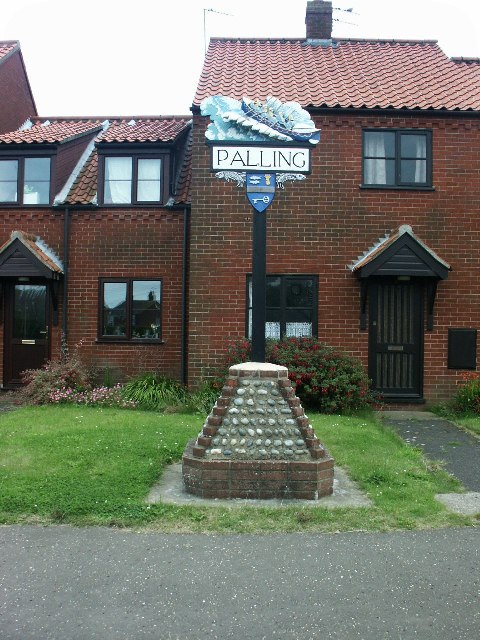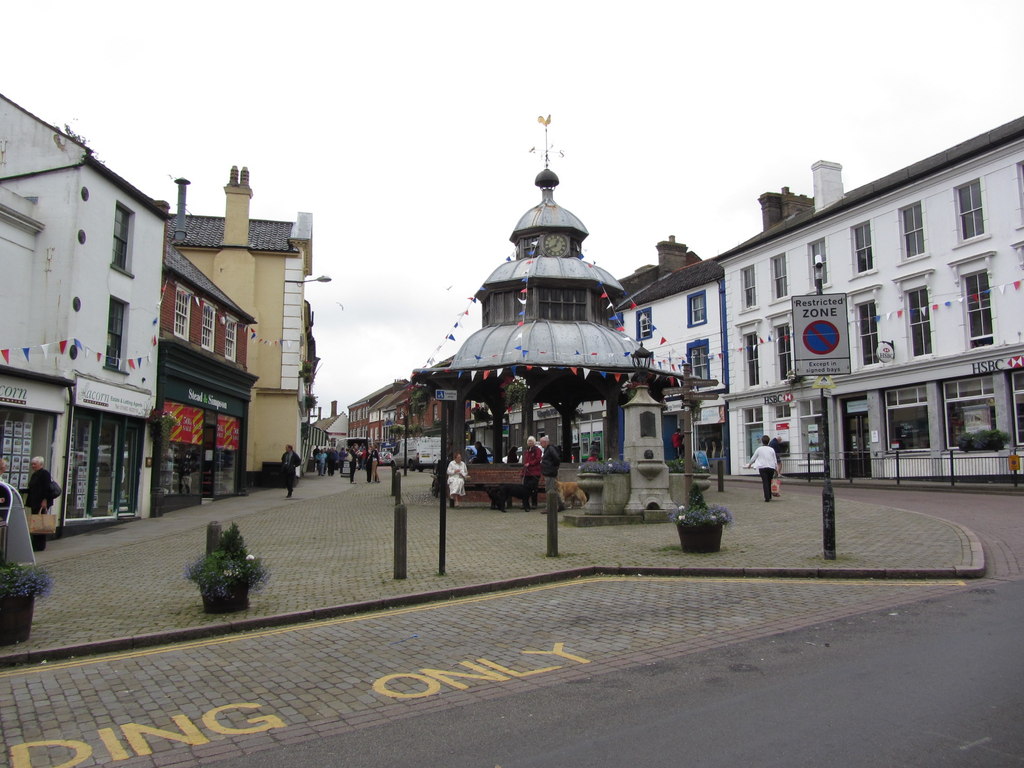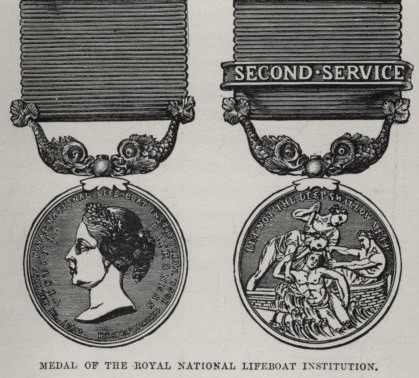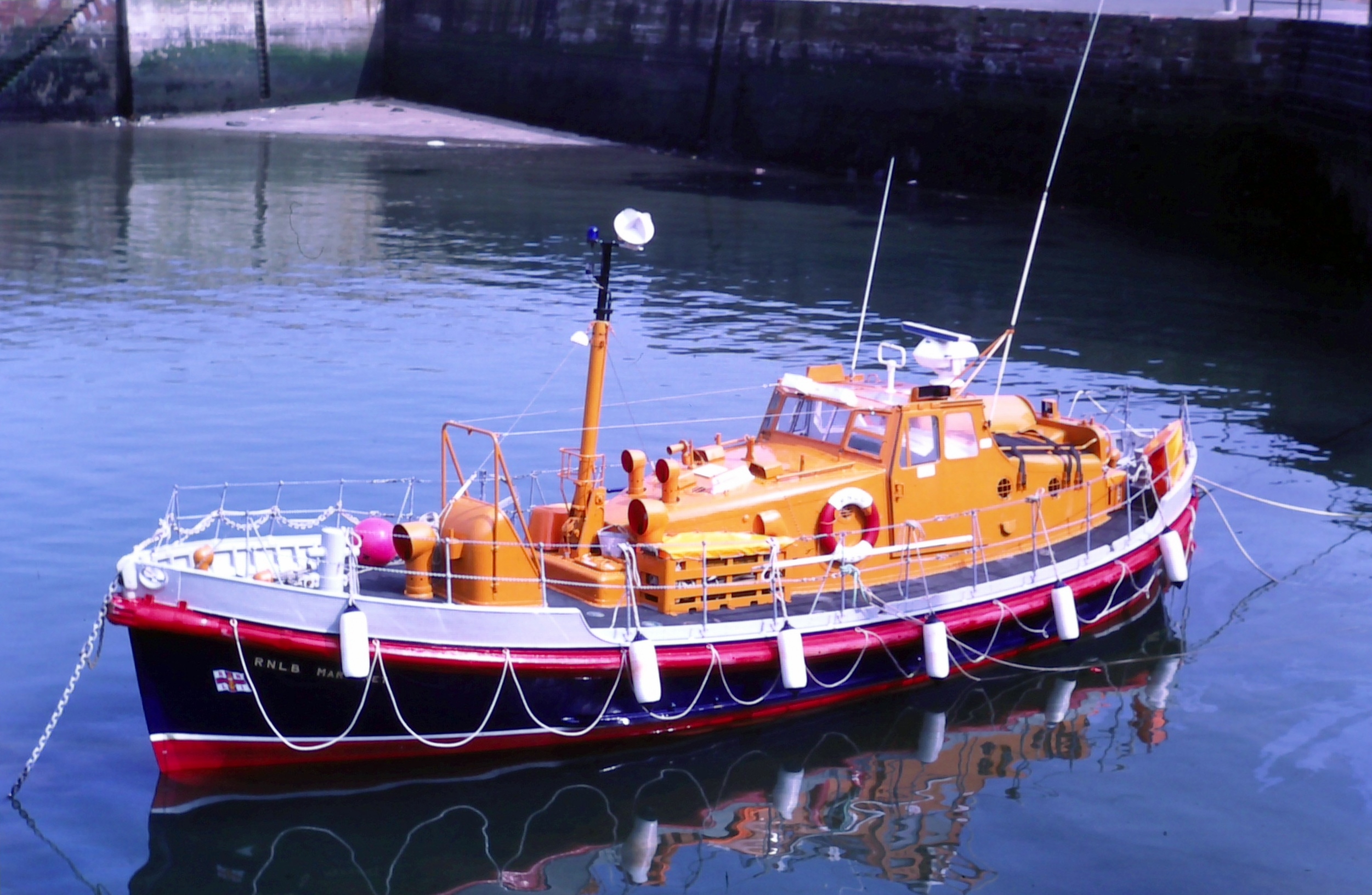|
Sea Palling
Sea Palling is a village and civil parish covering in the English county of Norfolk. The village is south-east of Cromer, north-east of Norwich and north-east of London. The village lies east of the A149 road, A149 between Kings Lynn and Great Yarmouth. The nearest railway station is at North Walsham railway station, North Walsham for the Bittern Line, which runs between Sheringham, Cromer, and Norwich. History The Domesday Book (1086) records that Palling consisted of nine villagers and fourteen smallholders. There were of meadow, 14 wild mares, two cobs, 23 pigs and 71 sheep with a total value of £4.00. It was surrounded by areas of salt marsh. Its story has been inextricably linked to the sea since pre-history. The town of Waxham Parva disappeared in the sea during a storm in the thirteenth century, along with its church and some of the land that was part of the large estate of Gelham Hall. One of the earliest accounts was written by Chronica Johannis de Oxenedes, Jo ... [...More Info...] [...Related Items...] OR: [Wikipedia] [Google] [Baidu] |
North Norfolk
North Norfolk is a local government district in Norfolk, England. Its council is based in Cromer. The population at the 2011 Census was 101,149. History The district was formed on 1 April 1974, under the Local Government Act 1972. It was a merger of Cromer Urban District, North Walsham Urban District, Sheringham Urban District, Wells-next-the-Sea Urban District, Erpingham Rural District, Smallburgh Rural District, and Walsingham Rural District. The district was originally to be called Pastonacres, but changed its name by resolution of the council and permission of the Secretary of State for Environment before it formally came into existence on 1 April 1974. Politics Elections to the district council are held every four years, with all of the seats on the council up for election every fourth year. The council was run by a Conservative administration, the Conservative party having gained a majority of 8 seats at the 2011 elections, which they increased to 18 at the 20 ... [...More Info...] [...Related Items...] OR: [Wikipedia] [Google] [Baidu] |
Waxham
Waxham is a village and former civil parish, now in the parish of Sea Palling, in the North Norfolk district, in the county of Norfolk, England. It lies on the north-east coast of the county. Buildings in the village include Waxham Hall, the 14th-century St. John's Church and the 16th-century Waxham Great Barn. Waxham Hall is reputedly haunted by the ghosts of six members of the Brograve family, all of whom died in battle. It is said that an 18th-century owner of the house once invited them all to dinner. Waxham Great Barn (Listed Grade 1) built about 1570, at 178 feet long is one of the largest barns of its age in the country. It has recently been restored and opened to the public. The village has an extensive beach backed by dunes. Many migrant birds pass through the area in spring and autumn and common cranes feed in fields near the village. In 1931 the parish had a population of 84. History The villages name origin is uncertain 'Waegstan's homestead/village', or 'watch-sto ... [...More Info...] [...Related Items...] OR: [Wikipedia] [Google] [Baidu] |
Lifeguard
A lifeguard is a rescuer who supervises the safety and rescue of swimmers, surfers, and other water sports participants such as in a swimming pool, water park, beach, spa, river and lake. Lifeguards are trained in swimming and CPR/ AED first aid, certified in water rescue using a variety of aids and equipment depending on requirements of their particular venue. In some areas, lifeguards are part of the emergency services system to incidents and in some communities, lifeguards may function as the primary EMS provider. Responsibilities A lifeguard is responsible for the safety of people in an area of water, and usually a defined area immediately surrounding or adjacent to it, such as a beach next to an ocean or lake. The priority is to ensure no harm comes to users of the area for which they are responsible. Lifeguards often take on this responsibility upon employment, although they can also be volunteers. The conditions resulting in drowning are summarized by the 'drowning ... [...More Info...] [...Related Items...] OR: [Wikipedia] [Google] [Baidu] |
BBC News
BBC News is an operational business division of the British Broadcasting Corporation (BBC) responsible for the gathering and broadcasting of news and current affairs in the UK and around the world. The department is the world's largest broadcast news organisation and generates about 120 hours of radio and television output each day, as well as online news coverage. The service maintains 50 foreign news bureaus with more than 250 correspondents around the world. Deborah Turness has been the CEO of news and current affairs since September 2022. In 2019, it was reported in an Ofcom report that the BBC spent £136m on news during the period April 2018 to March 2019. BBC News' domestic, global and online news divisions are housed within the largest live newsroom in Europe, in Broadcasting House in central London. Parliamentary coverage is produced and broadcast from studios in London. Through BBC English Regions, the BBC also has regional centres across England and national news c ... [...More Info...] [...Related Items...] OR: [Wikipedia] [Google] [Baidu] |
Winterton-on-Sea
Winterton-on-Sea is a village and civil parish on the North Sea coast of the English county of Norfolk. It is north of Great Yarmouth and east of Norwich.Ordnance Survey (2002). ''OS Explorer Map 252 - Norfolk Coast East''. . The civil parish has an area of and at the 2001 census had a population of 1,359 in 589 households. Winterton-on-Sea borders the villages of Hemsby, Horsey and Somerton. For the purposes of local government, the parish falls within the district of Great Yarmouth. Between the village and the North Sea are Winterton Dunes which include a National Nature Reserve and are inhabited by several notable species such as the natterjack toad. Winterton and neighbouring beach, Horsey, are major wildlife sites, even over the winter. During the months of November to January, a colony of Atlantic Grey Seals heads on to the beach to give birth to seal pups. This has been described as "one of Britain’s greatest wildlife spectacles" and attracts tourists from all ove ... [...More Info...] [...Related Items...] OR: [Wikipedia] [Google] [Baidu] |
Eccles-on-Sea
Eccles-on-Sea (also called Eccles-by-the-Sea) is an ancient fishing village in north-east Norfolk, now virtually all swept into the North Sea. The population is included in the civil parish of Lessingham. History The placename Eccles comes from the Latin ''ecclesia'' meaning church, and usually indicates an early British Christian site, as ''ecclesia'' was not taken into the Anglo-Saxons' vocabulary, other than in inherited place names. When the Domesday Book was compiled in 1086, Eccles-on-Sea was a thriving community of around , but as it was situated in a low-lying area on the North Norfolk coast it was prone to inundation. The manor of Eccles was in medieval times part of the territory of the Earls of Norfolk and later of the Bishops of Norwich. After the Dissolution of the Monasteries, it was granted by the Crown to the Lord Keeper of the Great Seal, Nicholas Bacon (Lord Keeper), Sir Nicholas Bacon, and his heirs. After the death in 1622 of Sir Nathaniel Bacon, who had no ... [...More Info...] [...Related Items...] OR: [Wikipedia] [Google] [Baidu] |
Rigid-hulled Inflatable Boat
A rigid inflatable boat (RIB), also rigid-hull inflatable boat or rigid-hulled inflatable boat (RHIB), is a lightweight but high-performance and high-capacity boat constructed with a rigid hull bottom joined to side-forming air tubes that are inflated with air to a high pressure so as to give the sides resilient rigidity along the boat's topsides. The design is stable, light, fast and seaworthy. The inflated collar acts as a life jacket, ensuring that the vessel retains its buoyancy, even if the boat is taking on water. The RIB is an evolutionary development of the inflatable boat with a rubberized fabric bottom that is stiffened with flat boards within the collar to form the deck or floor of the boat. History Origins in Wales The combination of rigid hull and large inflatable buoyancy tubes had been conceived by a Royal National Lifeboat Institution (RNLI) team working under Inspector of Lifeboats Dag Pike in 1964 as a means of reducing the wear and tear of the fabric botto ... [...More Info...] [...Related Items...] OR: [Wikipedia] [Google] [Baidu] |
Awards Of The Royal National Lifeboat Institution
A number of Royal National Lifeboat Institution awards have been established by the Royal National Lifeboat Institution (RNLI) since its creation in 1824. None are approved by the Crown, and are therefore unofficial awards. As such, they do not appear in the official British order of wear, although the principal lifesaving award, the ''Medal of the RNLI'', can be worn on the right breast in uniform by members of the British armed forces. RNLI awards The RNLI awards include: Medal of the RNLI The medal was established in 1824, the same year the RNLI was founded, to reward "humane and intrepid exertions in saving life from shipwrecks on our coasts, deemed sufficiently conspicuous to merit honourable distinction". The medal can be awarded for saving life at sea in gold, silver and, since 1917, in bronze. While awards are now only made to lifeboat crew who risk their lives in rescue attempts, a number of nineteenth century medals were bestowed on others who saved life from the s ... [...More Info...] [...Related Items...] OR: [Wikipedia] [Google] [Baidu] |
Royal National Lifeboat Institution
The Royal National Lifeboat Institution (RNLI) is the largest charity that saves lives at sea around the coasts of the United Kingdom, the Republic of Ireland, the Channel Islands, and the Isle of Man, as well as on some inland waterways. It is one of Independent lifeboats in Britain and Ireland, several lifeboat services operating in the same area. Founded in 1824 as the National Institution for the Preservation of Life from Shipwreck, soon afterwards becoming the Royal National Institution for the Preservation of Life from Shipwreck, under the patronage of King George IV. On 5 October 1854, the institution’s name was changed to its current name (RNLI), and in 1860 was granted a royal charter. The RNLI is a charity in the UK and in the Republic of Ireland and has enjoyed royal patronage since its foundation, the most recent being Elizabeth II of the United Kingdom, Queen Elizabeth II until her death on 8 September 2022. The RNLI is principally funded by Will (law), legacie ... [...More Info...] [...Related Items...] OR: [Wikipedia] [Google] [Baidu] |
Lifeboat Station
A rescue lifeboat is a boat rescue craft which is used to attend a vessel in distress, or its survivors, to rescue crew and passengers. It can be hand pulled, sail powered or powered by an engine. Lifeboats may be rigid, inflatable or rigid-inflatable combination-hulled vessels. Overview There are generally three types of boat, in-land (used on lakes and rivers), in-shore (used closer to shore) and off-shore (into deeper waters and further out to sea). A rescue lifeboat is a boat designed with specialised features for searching for, rescuing and saving the lives of people in peril at sea or in estuaries. In the United Kingdom and Ireland rescue lifeboats are typically vessels crewed by volunteers, intended for quick dispatch, launch and transit to reach a ship or individuals in trouble at sea. Off-shore boats are referred to as 'All-weather' and generally have a range of 150–250 nautical miles. Characteristics such as capability to withstand heavy weather, fuel capacity, navi ... [...More Info...] [...Related Items...] OR: [Wikipedia] [Google] [Baidu] |
Sea Palling Lifeboat Station
The sea, connected as the world ocean or simply the ocean, is the body of salty water that covers approximately 71% of the Earth's surface. The word sea is also used to denote second-order sections of the sea, such as the Mediterranean Sea, as well as certain large, entirely landlocked, saltwater lakes, such as the Caspian Sea. The sea moderates Earth's climate and has important roles in the water, carbon, and nitrogen cycles. Humans harnessing and studying the sea have been recorded since ancient times, and evidenced well into prehistory, while its modern scientific study is called oceanography. The most abundant solid dissolved in seawater is sodium chloride. The water also contains salts of magnesium, calcium, potassium, and mercury, amongst many other elements, some in minute concentrations. Salinity varies widely, being lower near the surface and the mouths of large rivers and higher in the depths of the ocean; however, the relative proportions of dissolved salts vary li ... [...More Info...] [...Related Items...] OR: [Wikipedia] [Google] [Baidu] |
Sea Palling Lifeboat Station
The sea, connected as the world ocean or simply the ocean, is the body of salty water that covers approximately 71% of the Earth's surface. The word sea is also used to denote second-order sections of the sea, such as the Mediterranean Sea, as well as certain large, entirely landlocked, saltwater lakes, such as the Caspian Sea. The sea moderates Earth's climate and has important roles in the water, carbon, and nitrogen cycles. Humans harnessing and studying the sea have been recorded since ancient times, and evidenced well into prehistory, while its modern scientific study is called oceanography. The most abundant solid dissolved in seawater is sodium chloride. The water also contains salts of magnesium, calcium, potassium, and mercury, amongst many other elements, some in minute concentrations. Salinity varies widely, being lower near the surface and the mouths of large rivers and higher in the depths of the ocean; however, the relative proportions of dissolved salts vary li ... [...More Info...] [...Related Items...] OR: [Wikipedia] [Google] [Baidu] |










